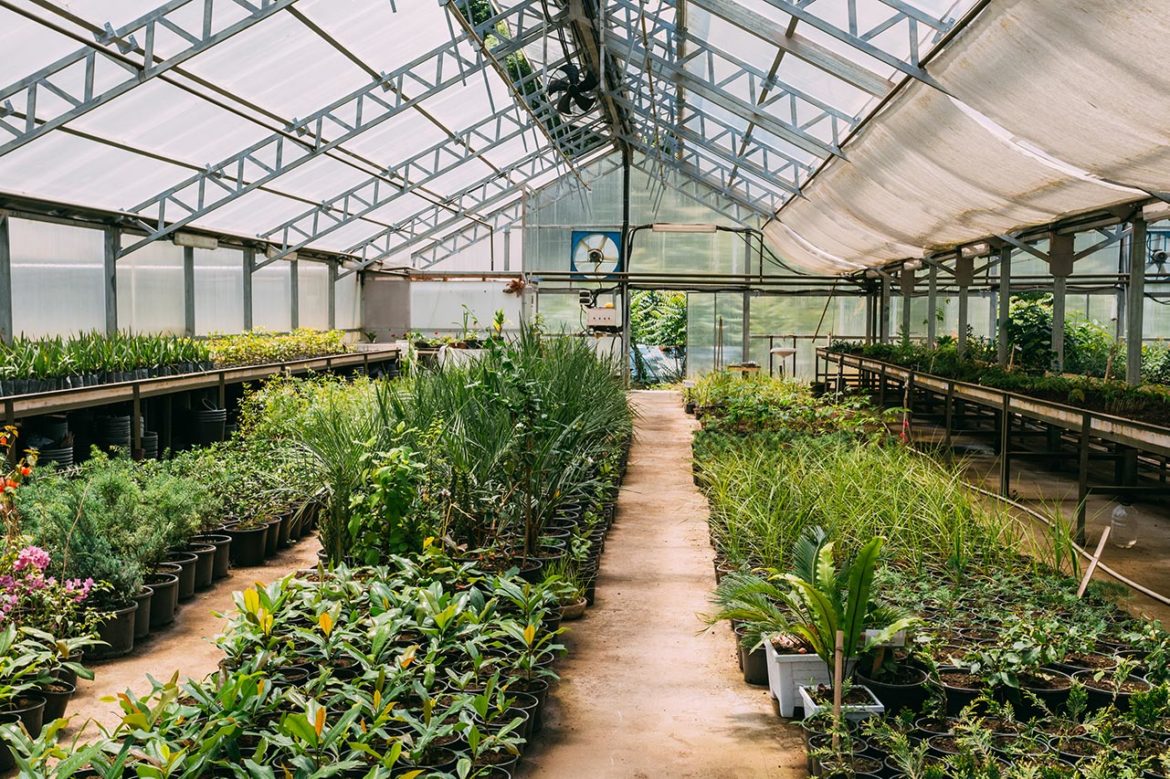
Aquaponics – The Importance of pH Levels and Water Quality
| July 4, 2018Water quality is one of the most important things in having a successful aquaponic system. There are several factors that need to work along with each other to create a perfect water environment. Water quality is a high priority in ensuring the healthy growth of both fish and plant life. Alkalinity, ammonia, bacteria levels, nitrate, nitrite, oxygen levels, pH, source and temperature are all factors that when out of balance can cause water quality to drop to harmful conditions for both fish and plant life.
Alkalinity and pH are two terms that are often mistaken as the same. They are measurements for different things that are related, but not the same. Alkalinity measures the ability of water to neutralize acids. This is known as the water buffering ability – the ability of water to resist change in pH.
The ‘H’ in pH is the symbol for Hydrogen while the ‘p’ refers to the power of hydrogen, or the concentration of hydrogen ions in a solution. The hydrogen concentration is a very important factor for living things in water. Hydrogen ions are positively charged and can alter the environment of other molecules in a solution by putting a force upon them, causing them to change their normal shape. For molecules like protein, this is very crucial as the shape of protein molecules are related to their function.
A low pH level corresponds to a high hydrogen ion concentration. A high pH level corresponds to a low hydrogen ion concentration. A substance that increases the hydrogen ion concentration (or lowers the pH) is called an acid; and a substance that decreases the hydrogen ion concentration (or raise the pH), is caused a base. There are also substances that when added to a solution will resist pH changes when an acid or a base are added, these are called buffers. Buffers help organisms to maintain a relatively constant pH. The pH levels range on a scale of 0-14, 7 being neutral. Water with a pH of 7 is considered pure; less than 7 is acidic and higher than 7 is alkaline.
Water with low alkalinity is very susceptible to changes in pH levels; and, with a high pH level it has the ability to resist major shifts in pH levels. Alkalinity is measured by titration. An acid of known strength that is added to a water sample is called the titrant. The volume of the titrant, or acid, that is required to bring the water sample to a specific pH level is what reflects the alkalinity of the sample by color change.
Alkalinity is expressed in mg/l (milligrams per litre) of calcium carbonate. In aquaponic systems, there is a broad range of acceptable levels of alkalinity (between 50 and 300 mg/l). For example, Tilapia prefers a pH level of 7-8, which is on the alkaline side of the pH scale. Plant life prefers a more acidic side of the scale, 6.8-7. Monitoring the pH levels in an aquaponic system is very important. A drastic shift in either direction can be lethal to both fish and plant life.
